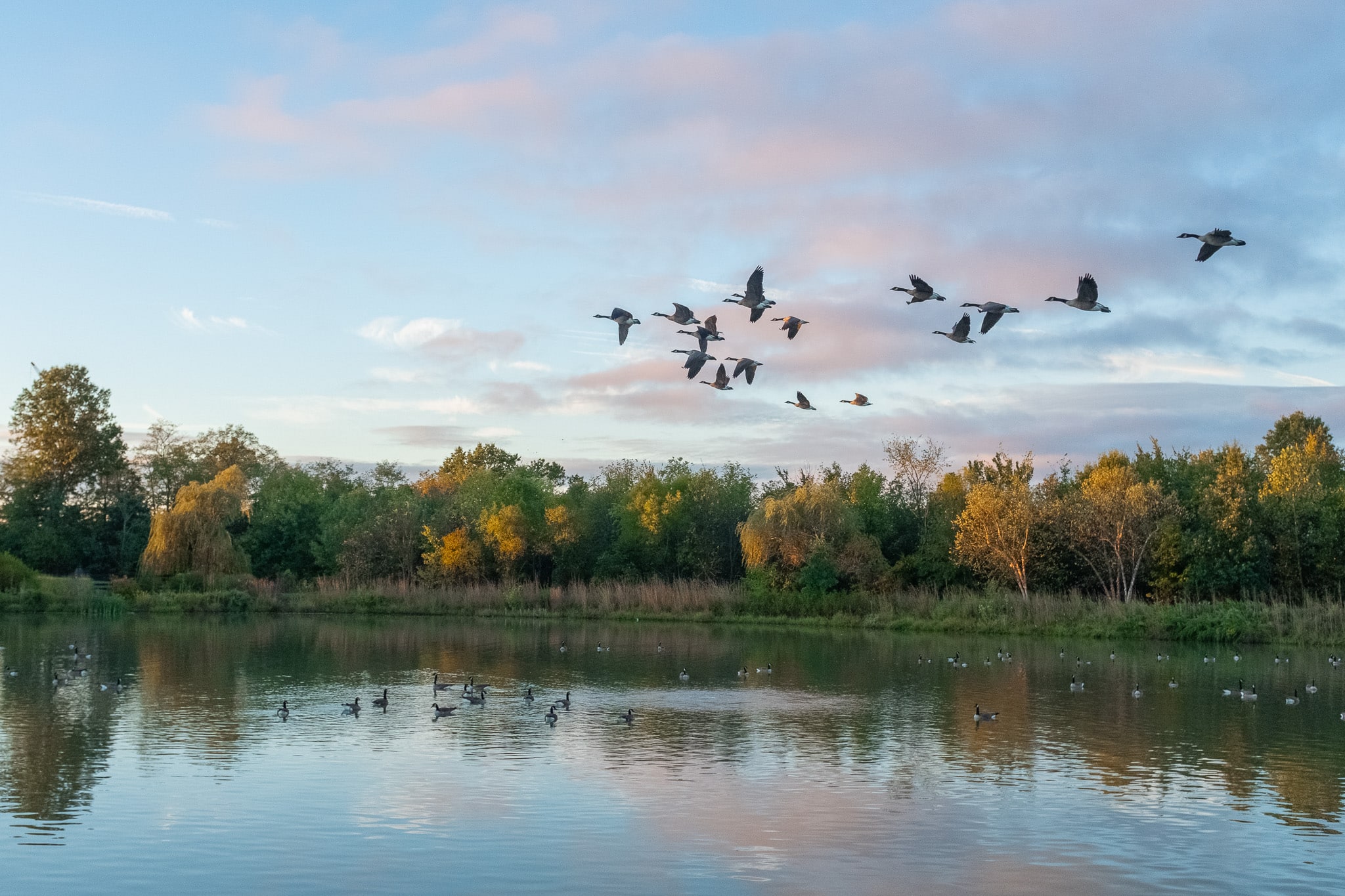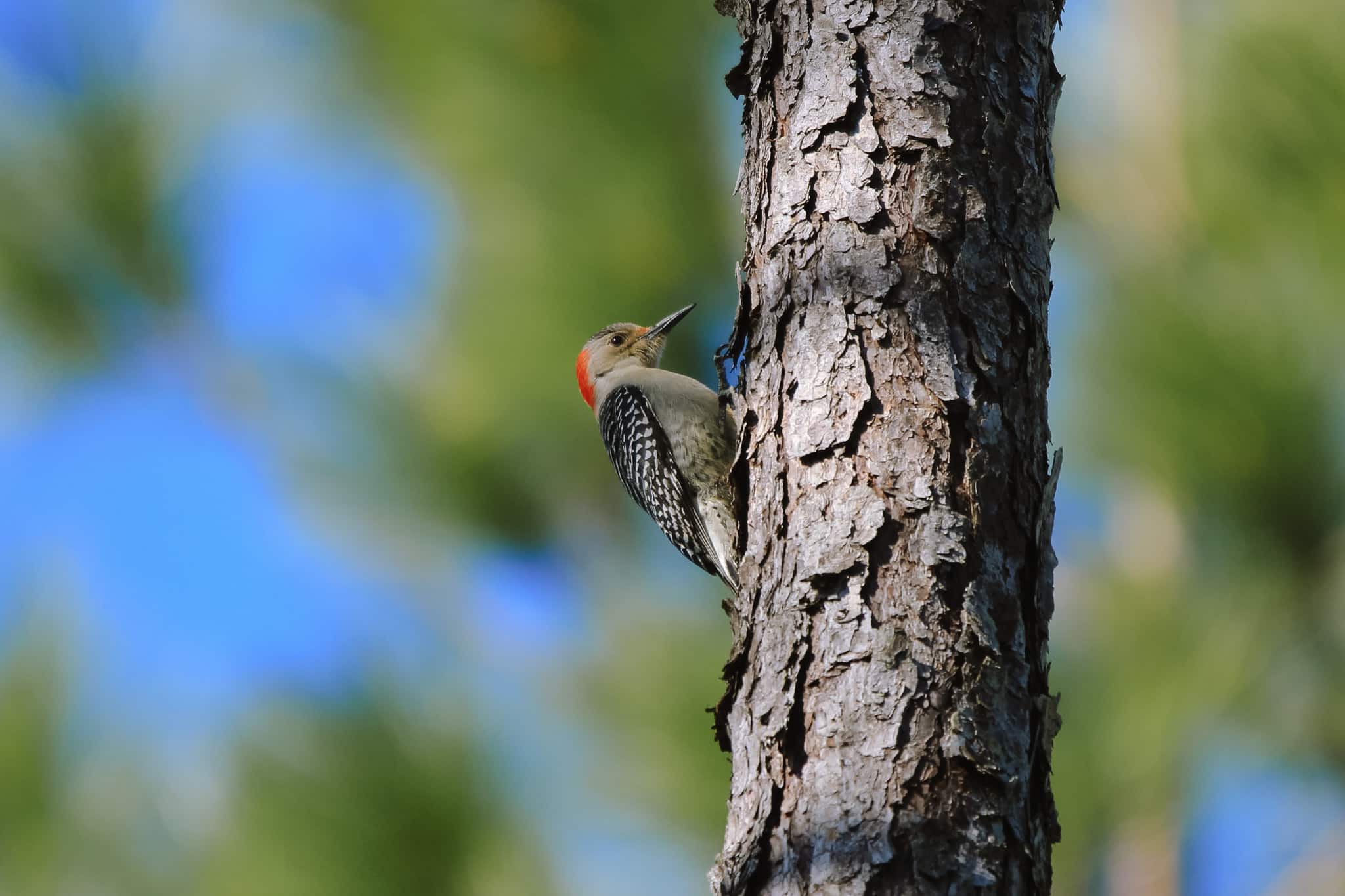Birdwatching is a rewarding and accessible hobby that is great for nature enthusiasts of all ages and abilities. Despite being a lifelong nature enthusiast, I had never taken to bird watching until about four years ago. Now, it’s an almost daily hobby as I can’t help but look out for birds as I go about my day. The Virginia society of Ornithology recognizes 487 different bird species in the state, meaning there’s a lot you can see without traveling far! Throughout the Willowsford community, the conservancy manages over 2000 acres of land that provides prime habitat for dozens of bird species. From raptors to songbirds, to waterfowl and woodpeckers, you’ll be able to spot them here.
While not necessary, a good pair of binoculars and a field guide for birds in your region are useful tools to invest in. These will help you identify and observe birds much more effectively. There’s also a number of great free apps for your smartphone that can be useful, like Merlin Bird ID by CornellLab which has a number of easy to use features for identifying and tracking your bird sightings.
Once you’ve got your tools down, it’s time to find some birds! Birds are everywhere, which is what makes birding a great hobby. While you may find yourself itching to go to far off destinations to spot elusive birds, you can also find enormous diversity of birds in your very own backyard. Want to attract more birds to your yard? Consider adding bird friendly features to your backyard like native plants, a water source, bird houses, or a bird feeder. As you grow your skills and want to expand your bird sightings, consider familiarizing yourself with birding hotspots like parks, nature reserves, or wetlands.
Joining local bird watching groups or online communities can also be useful to learn more or get insight into the best spots for birdwatching. (Seriously, a birdwatching Facebook group was once able to point me to an area where a rare yellow cardinal was located, a literal one-in-a-million sighting!). Consider also participating in citizen science projects, such as bird counts and other habitat monitoring initiatives, to contribute to scientific research and conservation efforts in your area.
Now that you’ve got the basics you need to ID and find birds, be sure to take time to appreciate the meditative and peaceful nature of bird watching. Pay attention to the distinct calls of birds and take time to observe bird behaviors. Before long, you’ll find yourself entrenched in the captivating world of birdwatching and will be keeping an eye on the skies everywhere you go!
Written by: Sarah Uhrig







